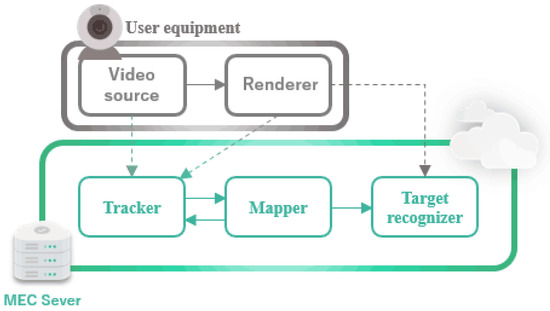Energy-efficient Internet of Things (IoT)
A topical collection in Applied Sciences (ISSN 2076-3417). This collection belongs to the section "Electrical, Electronics and Communications Engineering".
Viewed by 41849Editor
Interests: wireless networks; brain computer interface; smart health; IoT; power efficiency and performance optimizations in different applications of wireless networks; smart MAC protocols for upcoming applications of wireless networks like vehicular networks; heterogeneity in 5G networks
Topical Collection Information
Dear Colleagues,
The Internet of things (IoT) envisions a world of supreme connectivity. With billions of devices connected to each other, IoT opts to create a world of a tremendous amount of data flow, in real-time, with the least amount of energy possible. Such promises of connectivity pave the pathway to innovative technological advances in the areas of smart health, smart homes, vehicular networks, e-commerce, automation, remote system monitoring, and operations. Simultaneously, such tremendous connectivity and data flow gives rise to issues of efficient data management, security, infrastructural architectures, latency management, and, above all, energy efficiency in these umpteen data flow. On the one hand, IoT can impact several critical applications in the energy sector of the world today, like monitoring the responsiveness of large power grids and managing energy resources and distributions across cities and countries. On the other hand, IoT can empower the required support in the form of real-time data analytics, optimizations to the energy distribution schemes, and the mitigation of unprecedented scenarios.
This Special Issue solicits novel work in terms of solutions and techniques for energy efficient IoT. We look forward to creating a forum where researchers in the domain of energy-efficient IoT can share their results, techniques, surveys, analyses, and discussions on energy efficiency in IoT. Topics of interest for this Special Issue are not limited strictly to traditional IoT problems, but also ones that address related fields such as (but not limited to):
- IoT for smart energy systems (smart grid, smart homes, smart distribution, and consumption of power)
- Energy efficient protocols for smart data transmission strategies in IoT applications
- Energy efficient fog computing techniques for IoT applications
- Energy efficient mobile edge computing algorithms for IoT applications
- Energy efficient optimization and control schemes for smart energy systems
- Energy efficient algorithms for cyber security and data privacy in IoT applications
- Energy efficient co-existence of IoT with other transmission technologies like 5G
Assoc. Prof. Mahasweta Sarkar
Guest Editor
Manuscript Submission Information
Manuscripts should be submitted online at www.mdpi.com by registering and logging in to this website. Once you are registered, click here to go to the submission form. Manuscripts can be submitted until the deadline. All submissions that pass pre-check are peer-reviewed. Accepted papers will be published continuously in the journal (as soon as accepted) and will be listed together on the collection website. Research articles, review articles as well as short communications are invited. For planned papers, a title and short abstract (about 100 words) can be sent to the Editorial Office for announcement on this website.
Submitted manuscripts should not have been published previously, nor be under consideration for publication elsewhere (except conference proceedings papers). All manuscripts are thoroughly refereed through a single-blind peer-review process. A guide for authors and other relevant information for submission of manuscripts is available on the Instructions for Authors page. Applied Sciences is an international peer-reviewed open access semimonthly journal published by MDPI.
Please visit the Instructions for Authors page before submitting a manuscript. The Article Processing Charge (APC) for publication in this open access journal is 2400 CHF (Swiss Francs). Submitted papers should be well formatted and use good English. Authors may use MDPI's English editing service prior to publication or during author revisions.
Keywords
- IoT
- energy efficiency
- fog computing
- mobile edge computing
- cybersecurity
- latency
- resource allocation
- heterogeneity
- wireless
- security



















